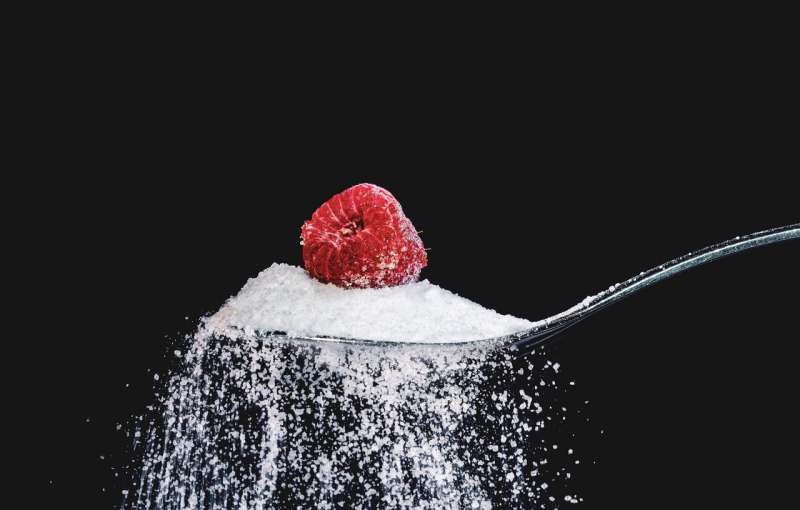Differences in Dietary Insights from Carbon Isotope Biomarkers in Children and Adults

New research reveals that carbon stable isotope biomarkers effectively measure added sugar intake in adults but are less reliable in young children, influenced by dietary factors like milk consumption. Understanding age-specific dietary biomarkers is crucial for accurate nutritional monitoring.
Recent research conducted by the Monell Chemical Senses Center in collaboration with Temple University highlights important differences in how carbon stable isotope ratios in human tissues relate to dietary sugar intake across age groups. The study emphasizes that while carbon isotope measurements (δ13C) effectively indicate added sugar consumption in adults, they do not do so reliably in young children under age five. This discrepancy is attributed, in part, to dietary variations such as higher cow's milk consumption among children, which may mask the isotope signatures associated with added sugars.
Typically, elevated δ13C values in blood and hair samples have been linked to higher intake of sugar-sweetened beverages and foods containing corn-based sweeteners like high fructose corn syrup and cane sugar. These biomarkers have been valuable for tracking added sugar consumption among adults, providing an objective measure that complements dietary recalls.
However, in the recent study involving 138 children aged 3–11 and their mothers, researchers used an innovative analytical approach combining δ13C and δ15N isotope data, along with cluster analysis, to explore dietary patterns. Surprisingly, δ13C values did not predict added sugar intake in children, although a correlation was observed in mothers, consistent with previous adult studies.
One explanation is that children consuming more plain, unsweetened cow's milk—rich in δ13C—may have dietary patterns that obscure the isotope signals associated with added sugars. As children grow older and their diets become more similar to those of adults, the association between δ13C and added sugar consumption may become clearer. The study suggests that age-specific factors and dietary complexity must be considered when using isotopic biomarkers.
Lead author Dr. Alissa D. Smethers highlighted the importance of comprehensive dietary assessments, noting that focused measurement of added sugar intake alone may overlook broader dietary influences. Senior author Dr. Julie A. Menella pointed out that dietary patterns during childhood, especially the consumption of dairy products like milk, could influence isotope signals and complicate interpretations.
This research underscores the need for further studies, especially controlled feeding trials in children, to better understand how dietary components influence isotopic biomarkers and to develop reliable methods for monitoring added sugar intake across the lifespan.
Source: https://medicalxpress.com/news/2025-06-carbon-stable-isotope-values-yield.html
Stay Updated with Mia's Feed
Get the latest health & wellness insights delivered straight to your inbox.
Related Articles
Can Eating Broccoli Reduce Your Risk of Colon Cancer?
Discover how incorporating cruciferous vegetables like broccoli into your diet may help reduce the risk of colon cancer and promote gut health with practical tips from experts.
Exploring the Impact of Diet on Dreams and Nightmares: What Scientific Research Reveals
Discover the fascinating link between diet and dreams with recent scientific research highlighting how certain foods can influence sleep quality and nightmares. Learn practical tips to improve your sleep hygiene by adjusting your dietary habits.
Link Between Ultra-Processed Foods and Increased Risk of Chronic Diseases
New research shows that even moderate consumption of ultra-processed foods like processed meats, sugary drinks, and trans fats can significantly increase the risk of chronic diseases such as diabetes, heart disease, and colorectal cancer.
Food Insecurity Challenges Among College Student-Athletes
A comprehensive study reveals that up to 65% of college student-athletes face food insecurity, impacting their health and performance. Early detection and institutional support are crucial to address this widespread issue.



